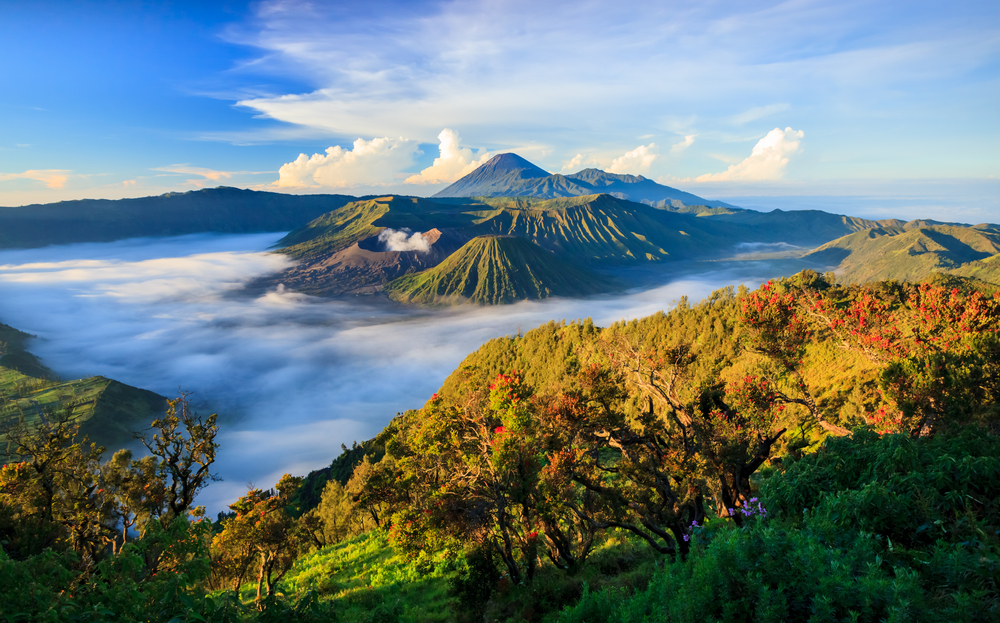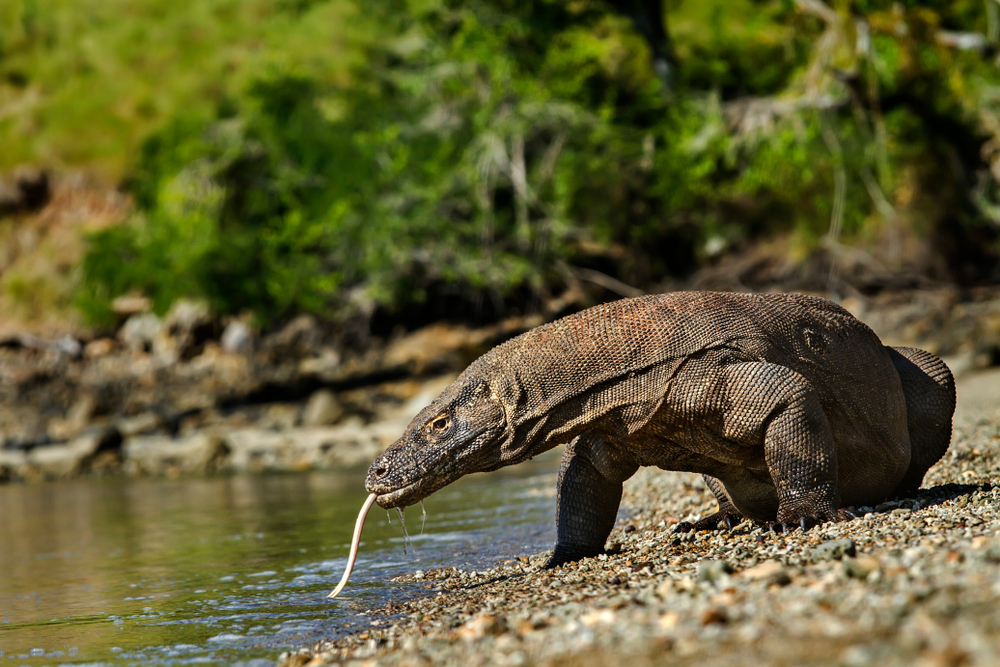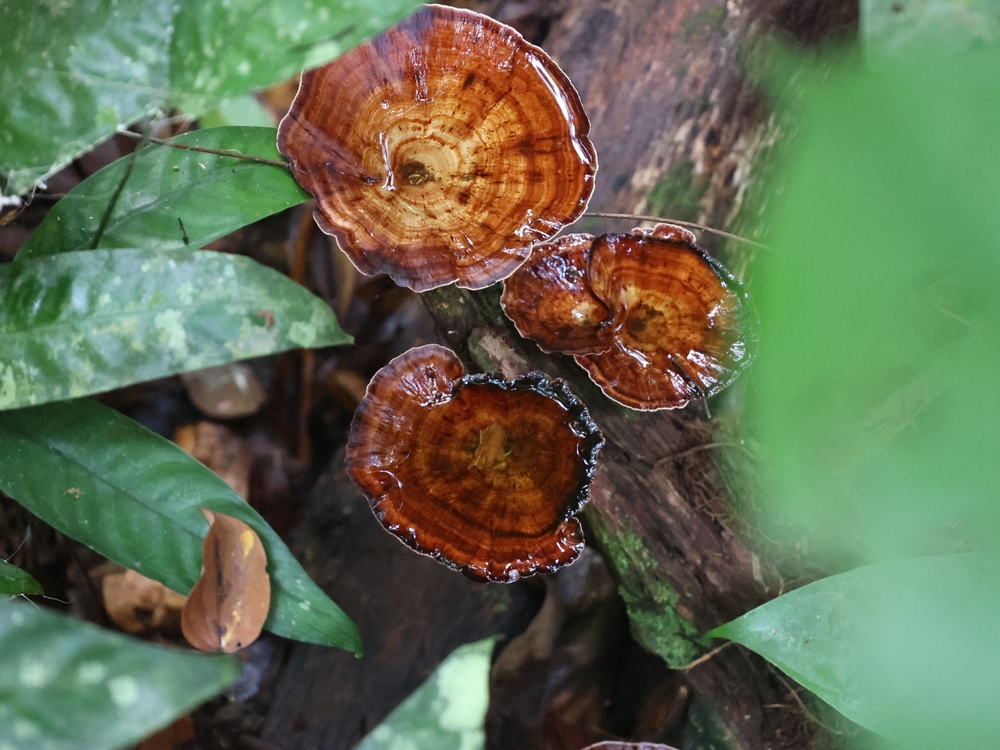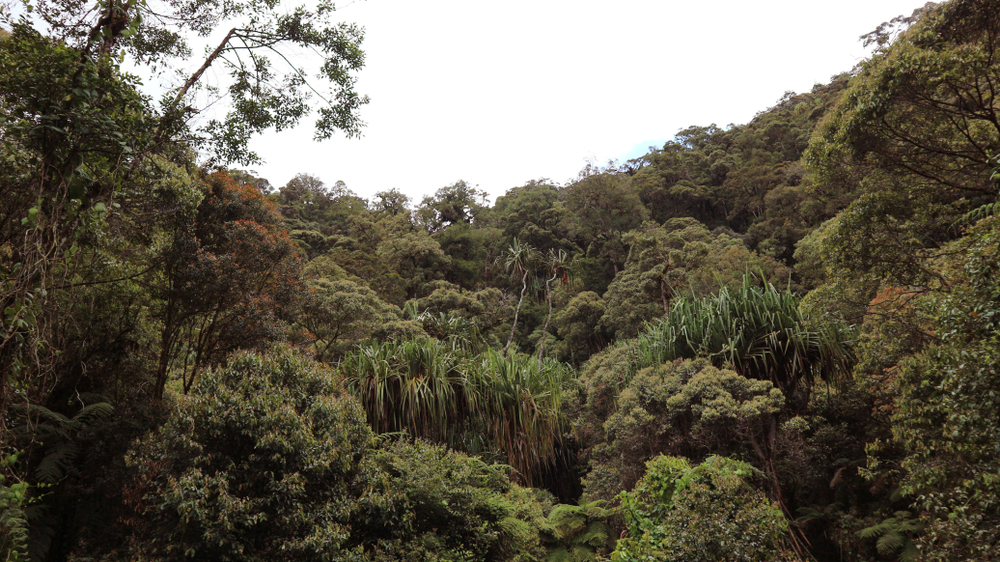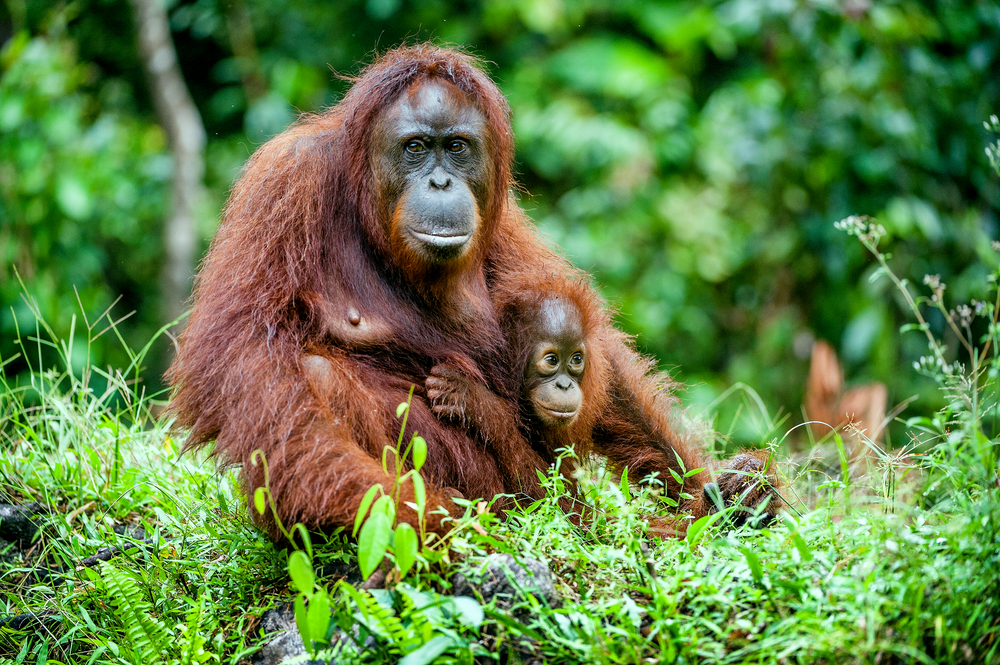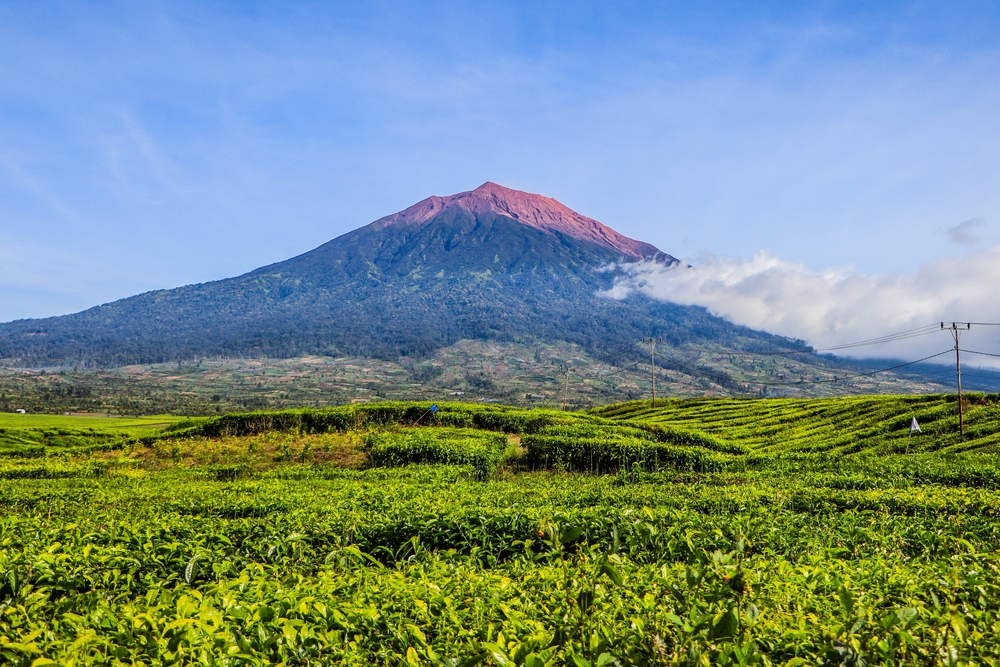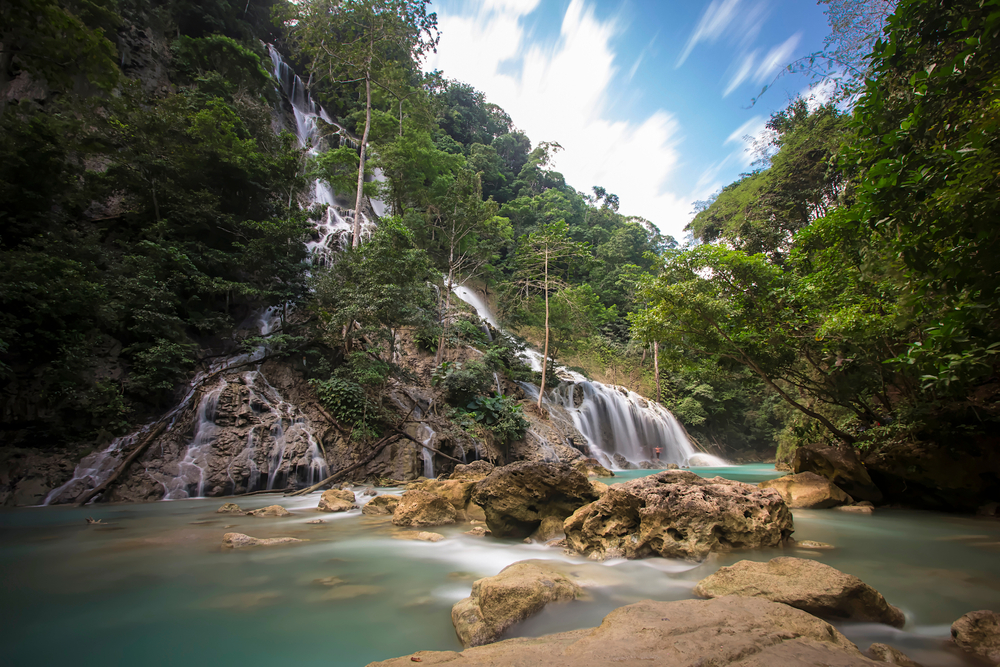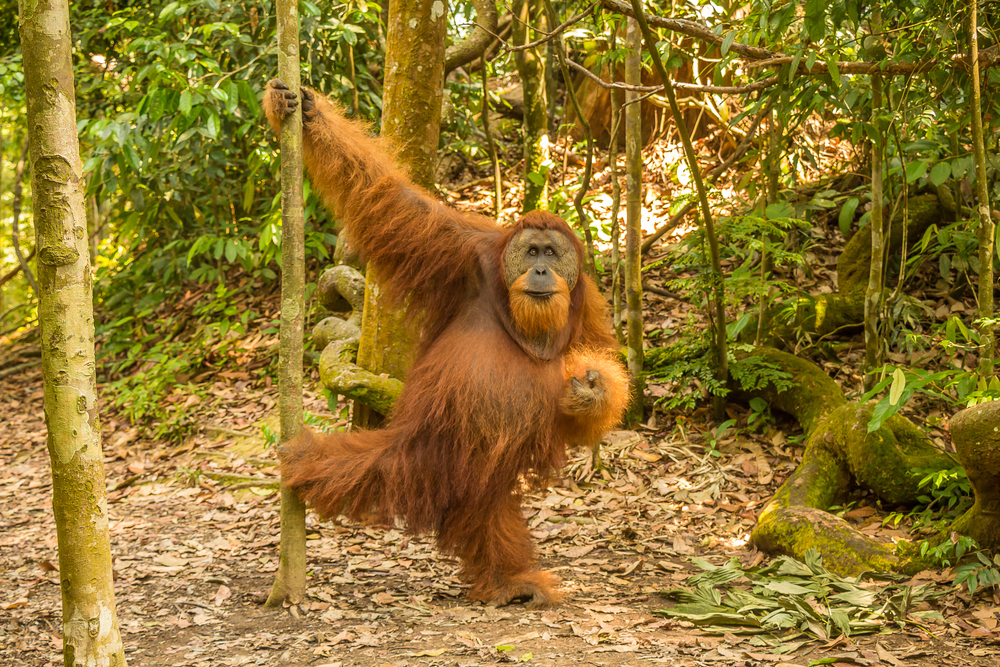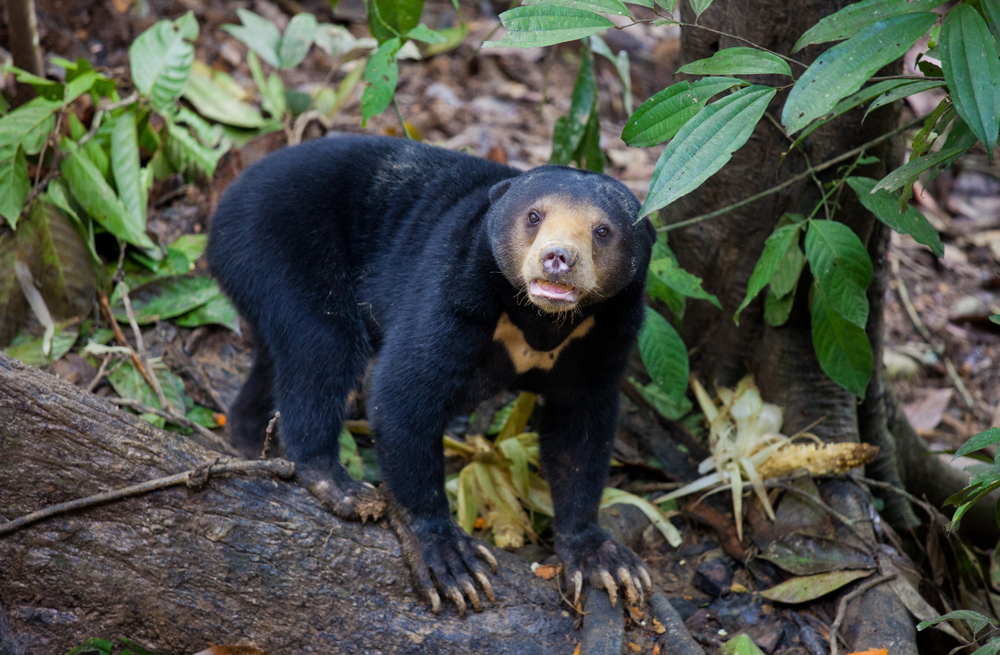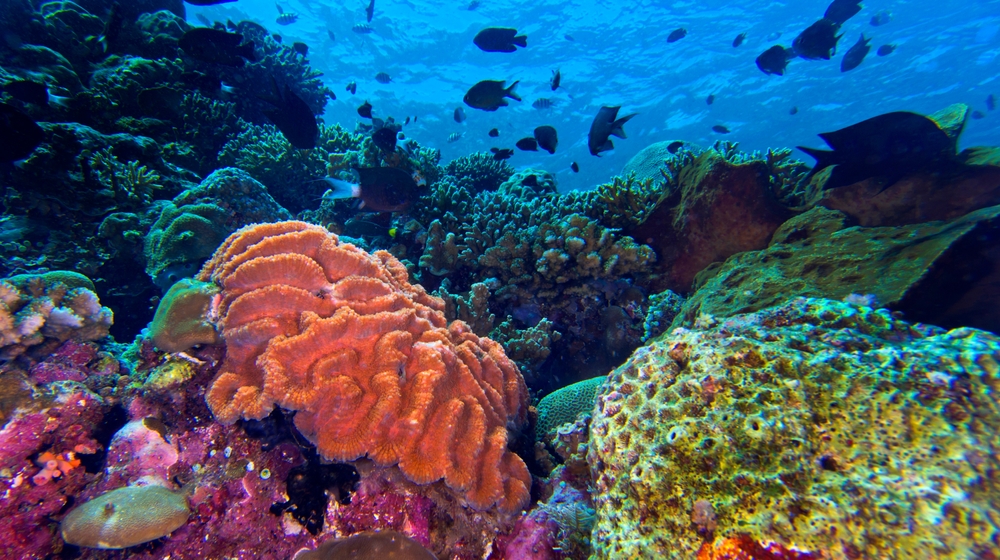Bromo Tengger Semeru Overview
Bromo Tengger Semeru National Park, located in East Java, Indonesia, spans approximately 320 square miles (828 square kilometers) and is renowned for its otherworldly landscapes and volcanic features. Named after the iconic Mount Bromo, the Tengger people who inhabit the region, and Mount Semeru, the tallest volcano in Java, this park is a haven of natural and cultural significance.
It is situated in the Tengger Massif, surrounded by dramatic terrain marked by volcanic craters, savannas, and a mystical sea of sand known as the Laut Pasir, which is a UNESCO-protected area. The park’s terrain is dominated by Mount Bromo, standing at 7,641 feet (2,329 meters), and Mount Semeru, which towers at 12,060 feet (3,676 meters).
Mount Semeru, also called Mahameru or “The Great Mountain,” is an active stratovolcano that regularly emits plumes of smoke. Visitors are often awestruck by the ethereal beauty of sunrise over Mount Bromo, a spectacle that paints the landscape in vibrant hues of orange and red.
The Sea of Sand, a vast expanse of volcanic ash, creates an almost lunar environment, contrasting with the lush greenery of the surrounding hills. The savanna near Teletubbies Hill offers a softer, grass-covered expanse, while waterfalls like Madakaripura provide serene escapes within the park.
Bromo Tengger Semeru is home to diverse wildlife despite its seemingly barren volcanic environment. Mammals such as Javan rusa deer, wild boars, and long-tailed macaques can be spotted, along with elusive leopards and the endangered Javan lutung.
Bird enthusiasts might encounter species like the crested serpent eagle, sooty-headed bulbul, and Javan kingfisher. The flora varies across the park’s elevation, ranging from Casuarina forests in the lower altitudes to hardy mountain vegetation that survives in the harsh volcanic conditions.
The park’s highlights include hiking Mount Bromo and Mount Semeru, exploring the Tengger villages, and riding on horseback across the Sea of Sand. Visitors often participate in the Kasada Festival, where the Tenggerese people offer sacrifices into Mount Bromo’s crater to honor their ancestors and gods. Photography, particularly at sunrise, is a major draw, as is stargazing in this remote and pristine location.
Conservation in the park faces challenges such as balancing tourism with environmental preservation. Mount Semeru’s frequent eruptions pose risks, but they also rejuvenate the soil, fostering biodiversity. Park authorities and local communities have made strides in sustainable tourism practices, regulating visitor numbers and promoting environmental awareness among travelers and locals. The integration of Tenggerese culture into conservation efforts has strengthened the region’s ecological and cultural resilience.








































































